1. Department of Anesthesiology and Intensive Care Teaching, Medical University of Warsaw, Poland
2. Postoperative Unit, Clinical Center of Anesthesiology and Intensive Care, Medical University of Warsaw, Poland
ABSTRACT
Peripheral intravenous catheters (PIVCs) play a particularly important role in Emergency Departments (ED), during the administration of anesthesia in the operating room, in post-operative and monitored wards of various specialties, in cases when the patient requires access to the vein due to intensive and varied intravenous therapy. Using short peripheral intravenous catheters carries a high risk of complications, despite their prevalence and staff experience. Patients with DIVA require a comprehensive approach not only during elective (scheduled) intravenous therapy, but also in the aforementioned departments and during emergency interventions in case of deterioration in Non-Intensive-Care-Units. Emergency intravenous access is required for the implementation of many procedures, so it is reasonable to introduce methods that increase the safety and quality of therapy. “Mini-midlines” can be clinically useful in patients with DIVA whose therapy is expected to exceed 5 days. They may be applied in patients who require a secure and rapid insertion of the cannula into the vein and greater fluid flow than via a classic MC. Regardless of the equipment used, the ultrasound-guided mini-midline implantation procedure is simple and quick. Based on available research and experience at our centres, we follow a management regimen for patients who arrive in the ED, have no intravenous access and the team is faced with the clinical dilemma of choosing which cannulation method should be used. Proper patient enrollment and subsequent cannula maintenance increases the quality of care and patient satisfaction. It is advisable to introduce local protocols for selecting appropriate intravenous access and to run prospective studies regarding the topic under discussion.
Peripheral venous catheters play a crucial role in emergency departments and during anesthesia in operating rooms, especially in various specialized postoperative and intensive care units where patients require intravenous infusion due to intensive and multiple treatments. Despite the widespread use of indwelling needles and the extensive experience of staff, the risk of complications remains high. Establishing vascular access in patients with difficult intravenous access (DIVA) needs to be thoroughly considered not only during elective intravenous therapy but also during emergency interventions in the aforementioned departments and general wards.
Emergency venous access is essential for many treatments, making it reasonable to introduce methods that enhance treatment safety and quality. For DIVA patients with an expected treatment duration of more than 5 days, the mini-midline catheter is clinically beneficial. It allows for safe and rapid insertion into the patient's vein, offering a higher flow rate than traditional midline catheters. Regardless of the puncture method used, the ultrasound-guided insertion of mini-midline catheters is simple and quick. Based on existing research and experience at our center, we follow a management protocol for patients arriving at the emergency department (ED) without venous access, facing the clinical dilemma of choosing the appropriate catheterization method. Proper patient screening and subsequent catheter maintenance can improve care quality and patient satisfaction. It is recommended to introduce local protocols for selecting appropriate venous access and to conduct prospective studies on the discussed topic.
Protocol for Choosing the "First" Venous Access in the Emergency Department
(1).png)
(1).png)
(1).png)
Summary of Mini-Midline Catheter Selection Pathways:
• Unstable patient condition — A-DIVA score > 4 — Choose mini-midline
•Stable patient condition — A-DIVA score > 4 — Treatment > 5 days (infusion/surgery/anesthesia) — Choose mini-midline
• Stable patient condition — A-DIVA score > 4 — Treatment < 5 days — Vein depth > 7mm — Choose mini-midline
Steps for Mini-Midline Catheter Insertion:
Performing the procedure of mini-midline implantation
.png)
1. Perform ultrasound assessment of the vein and select the catheter insertion site.
2. Use ANTT (Aseptic Non-Touch Technique) for catheter insertion.
3. Under ultrasound guidance, insert the puncture needle into the vein and confirm blood return.
4. Advance the guidewire through the puncture needle.
5. Remove the puncture needle, leaving the guidewire in the vein.
6. Release the tourniquet after removing the needle, advance the catheter, and remove the guidewire.
7. Flush the catheter with 10 ml of 0.9% normal saline, apply a sutureless securement device, and secure with a transparent dressing.
8. Document the procedure according to hospital protocols.
BENEFITS AND COMPLICATIONS
The authors of many available research articles on mini-midlines report a reduction in the number of attempts during cannulation of patients with DIVA and a high success rate in vein insertion. In a systematic review of 16 papers, the success rate ranged from 86% to 100%, and a success rate of 100% was also reported Compared to PIVCs, mini-midlines are more expensive, but easier to implant successfully at the first attempt and last longer causing fewer complications. They allow high-pressure injections (for contrast administration during imaging studies) and reduce tissue traumatization by using the classic Seldinger method . The procedure is not complicated and can be performed in a relatively short period of time, which can be convenient in the ED and Operating Room settings. In Qin’s 2021 systematic review, 12 out of 16 papers on the use of mini-midline involved EDs, including Intensive Care Units .
Mini-midlines make it possible to conduct complete peripheral intravenous therapy. In the study by Gilardi E et al., 79%-82% of the cannulas were removed due to the termination of therapy . Complications, such as accidental removal or problems with patency, occurred in 17% of the insertions . Complications that have been presented in the studies available range from 4.3% to 52.5% of all catheters .
The use of mini-midline catheters in DIVA patients has reduced the number of catheterization attempts, achieving high success rates and completion speeds. In a systematic review of 16 papers, success rates ranged from 86% to 100%, with some reports even indicating a 100% success rate. Compared to indwelling needles, mini-midline catheters, although relatively more expensive, are easier to successfully insert on the first attempt, have longer indwelling times, and fewer complications. Some mini-midline catheters can also be used for high-pressure injections (e.g., contrast agent injections during imaging studies) and utilize the classic Seldinger technique to reduce tissue trauma. This procedure is not complex and can be completed in a relatively short time in the ED and operating room.
In Kirby R Qin's 2021 systematic review article (DOI:10.1177/1129729820927272) on the use of mini-midlines, 12 out of 16 papers involved EDs, including ICUs, demonstrating that mini-midlines enable comprehensive peripheral intravenous therapy. In studies by Gilardi et al. (DOI:10.1177/1129729819883129/DOI:10.1177/1129729822111500), 79%-82% of catheters were removed after treatment completion. Complications occurred in 17% of insertions, such as accidental dislodgement or catheter occlusion. The incidence of complications in existing studies ranged from 4.3% to 52.5% of all catheters.
CONCLUSIONS
Difficult intravenous access can be problematic for healthcare providers, especially in areas where the timing and reliability of inserting the cannula is crucial. Depending on the clinical situation, the availability of multiple solutions makes it possible to implement a well-thought-out vascular access strategy. The mini-midline allows rapid insertion under ultrasound guidance, implementation of appropriate intravenous therapy, and then use of the access on subsequent days, when the patient’s condition stabilizes.

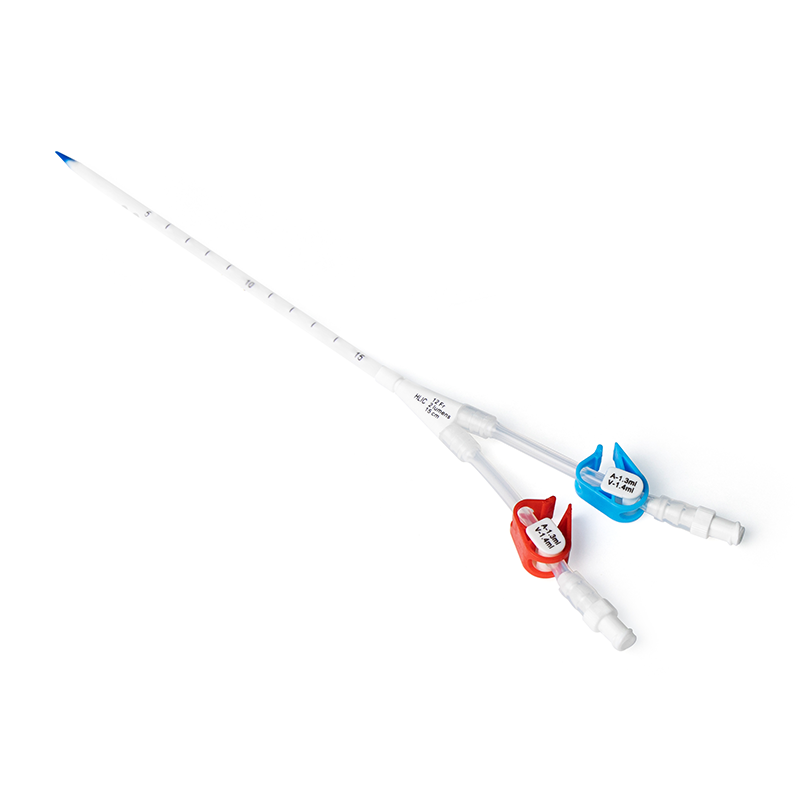
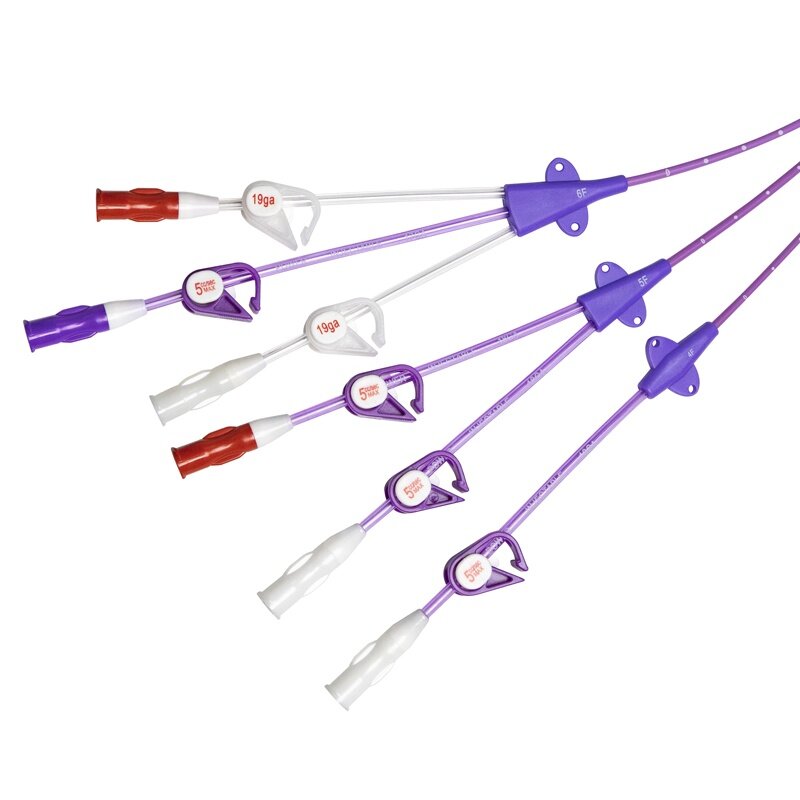
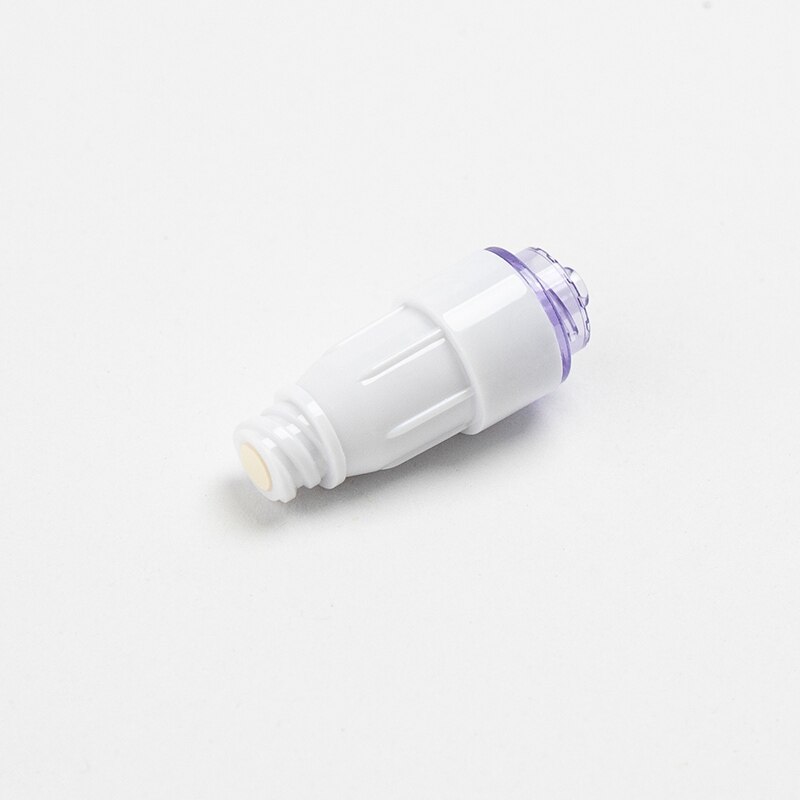
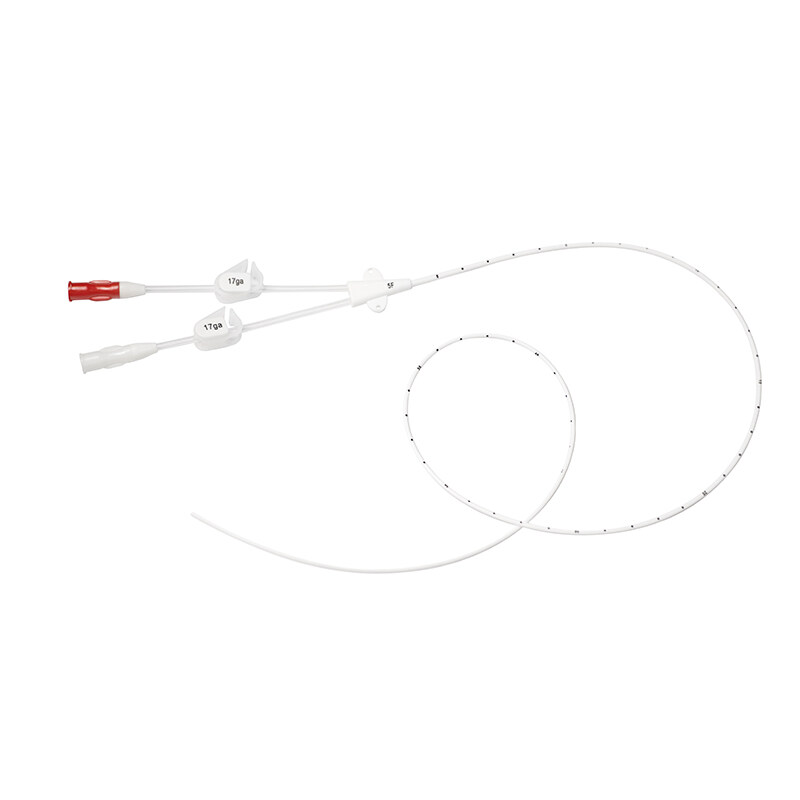
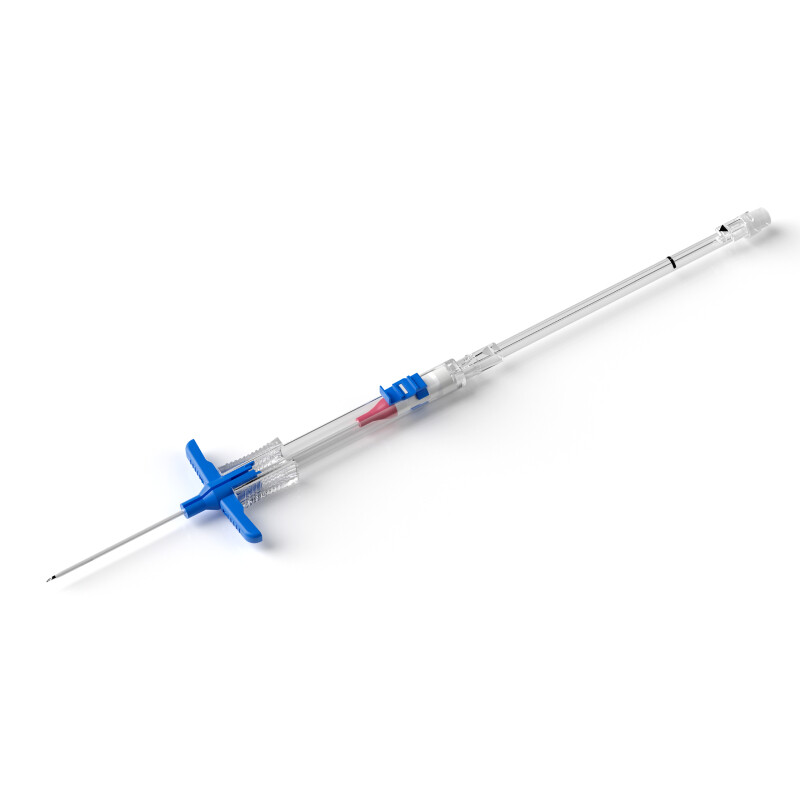
(1).png)
(1).png)
(1).png)
.png)